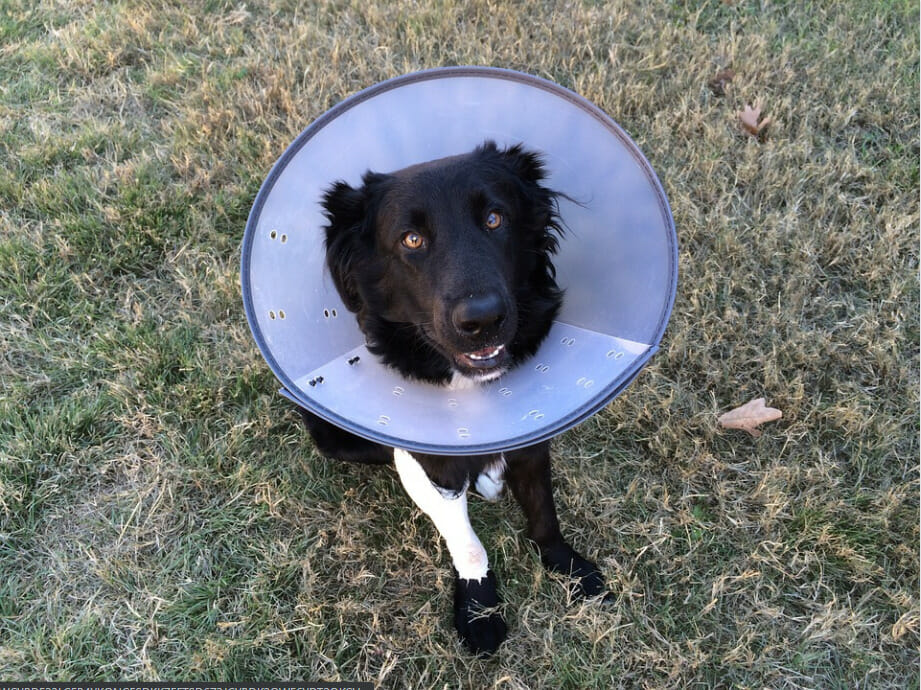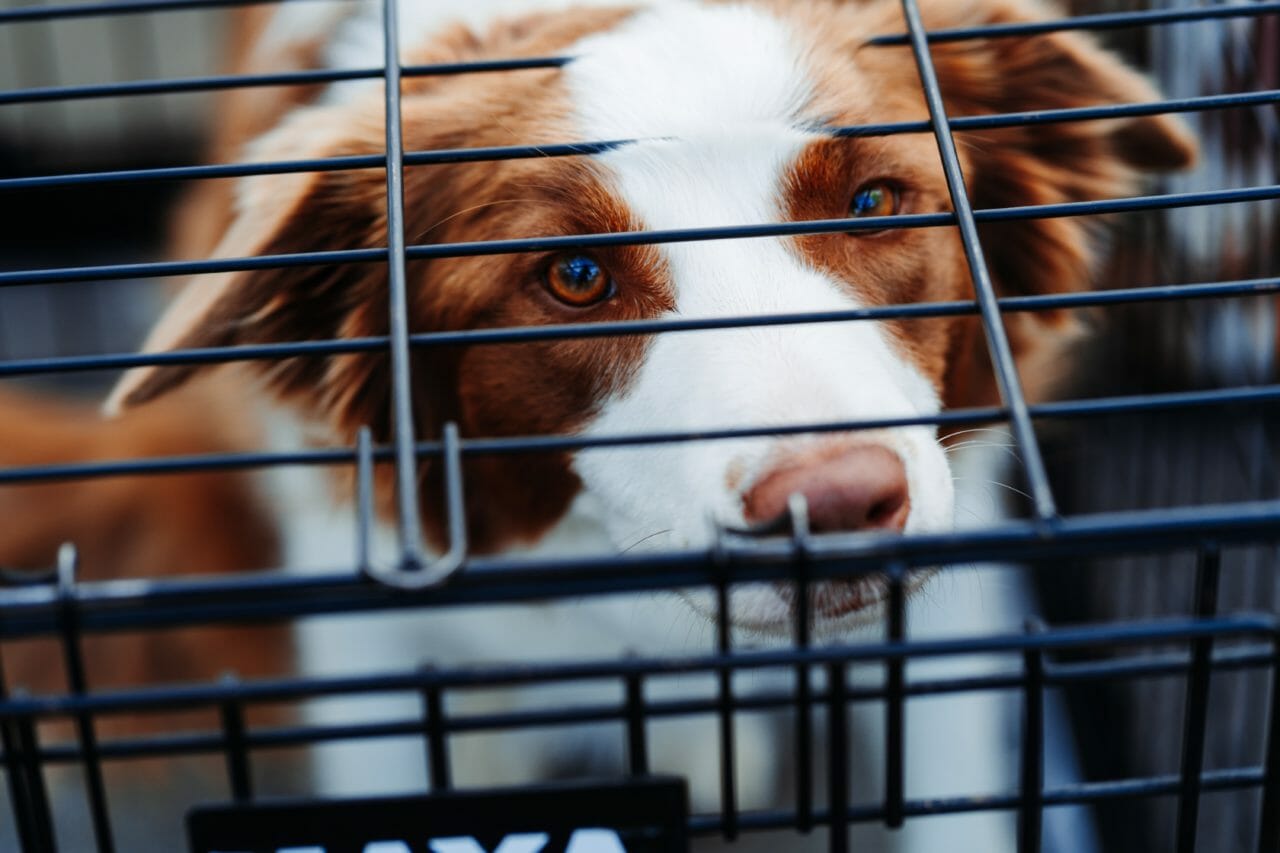Dogs experience pain too – how can we get pain relief for our dogs?
As a rehabilitation veterinarian I strongly believe that our dog’s pain is very real and if we don’t decrease or eliminate our pet’s pain we will not succeed with our goals of rehabilitation and overall improvement in their quality of life.
Obtaining pain relief in our companion animals should not just be a discussion of pharmaceutical choices, but it should also be a discussion that involves interventions, such as physical therapy and environmental modifications to name a few areas we can help our animals in. It is also essential when working with animals to promote simple activity that can decrease chronic pain and discomfort. Human studies have shown that patients who avoid activity suffer the greatest physical disability and distress. I strongly believe that avoiding activity for our animals can also result in more pain and distress with them.
How do we know our pets are in pain?

This isn’t always a cut and dry question. As a veterinarian, I use a pain scale to assess pain in every patient. This is much like the pain assessment scales that are used in human hospitals. It’s a bit trickier with our animals as we don’t speak dog or cat! Is this a perfect way to assess pain – absolutely not.
Physiological signs of pain can be detected by a physical examination and include:
- increased heart rate,
- respiratory rate,
- blood pressure,
- muscle tension, and more.
Behavioral manifestations include new or increased activities such as:
- limping,
- vocalizing,
- panting,
- pacing,
- and aggression.
You can also see decreases in other activities such as:
- food intake
- and changes in interaction with the animal’s environment.
However, all of the changes discussed above can also be caused by non-painful conditions like:
- weakness,
- depression,
- anxiety,
- nausea,
- fever,
- and many others.
When some of our pets are in pain they are more reluctant to move or become restless and cannot sleep well.
Other pets will avoid owners or may cling more than usual.
Vocalization is a very insensitive indicator of pain and is usually one of the last signs to appear. Dogs may only vocalize when pain is excruciating and cats may never vocalize.
Animals simply have a different way of showing outward signs of pain. Slight changes in facial expression may be the only clue that something is causing pain in a pet. Sometimes our pets can be in so much pain they are sensitized to the point that even slight touch, that would not normally be painful, can cause severe pain. Avoidance of physical contact with the owner when your pet would normally elicit petting can be a sign of pain.
I feel like most of my clients are really in tune with their pets and I believe that family member’s observations and interpretations are often the best source of information for assessing animal pain.
Different species show or hide their pain in different ways, and dogs and cats often hide their pain more than they show it. Just like there are some humans that are stoic and don’t seem to ever demonstrate that they are in pain, animals are much the same.
I have always had stoic dogs in the past, but my oldest dog presently has always screeched or yelped in what appears to be the slightest pain. I have found that she has made it easier for me over the past 15 years to assess her pain because she doesn’t seem to have a high pain tolerance, but I must say that even when reading over articles to create this one, I think I have missed a few signs she demonstrated that I didn’t pick up on.
So, how can we do our best to not miss these signs of pain?
Pain management and pain relief are ongoing processes and we need to make sure we understand that our pets demonstrate pain differently than we do and we must make sure we are treating them with a combination of therapies to provide the best results. Finally, we must make sure they don’t become depressed as healthy minds lead to healthy bodies.
- If you are in doubt or concerned about your dog or cat’s pain, please consult your veterinarian.
- Use multiple strategies – prescription drugs have their place, but so do some other modalities like acupuncture or PEMF.
- Make sure to communicate with your veterinarian on how effective you think the treatment plan is and work to have it changed if it isn’t helping.



